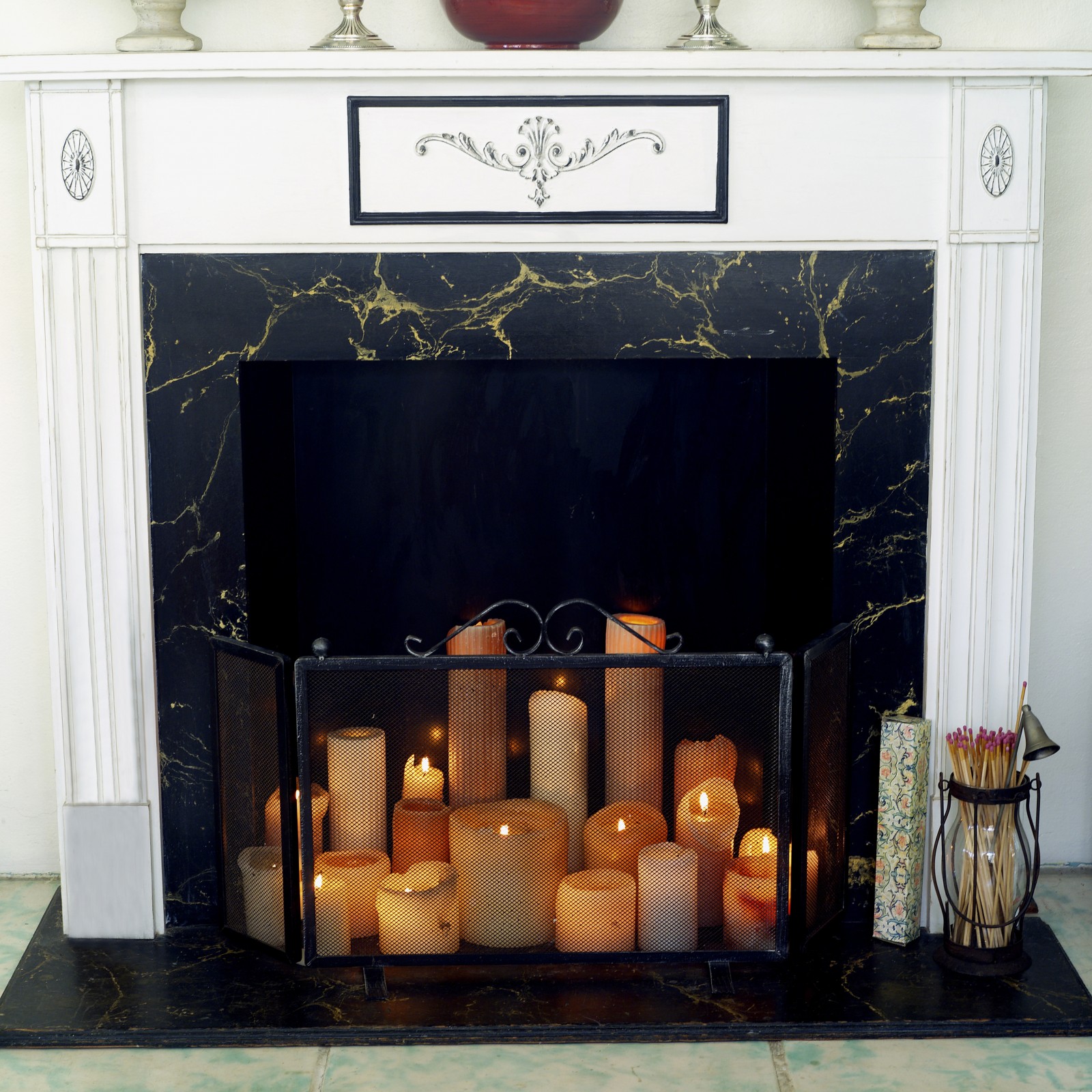Are You Overimproving for Your Neighborhood?
We all love a house-flipping reality show - we shout our opinions and weep when we see the final reveal. It’s an innate human instinct to want to make things better. And when it comes to selling your own home, it’s often a good instinct to follow.
But while it may be OK to max out the budget on a reality TV show, pulling out all the stops in your own home renovation might not be the best choice. Depending on the real estate market, your neighborhood and what buyers are looking for, you may need to do less - or more - than you think.
Before you demolish all the walls, take these four considerations into account.
Sellers market vs. buyers market
Does your local market favor buyers or sellers? You can tell the difference by looking at trends on Zillow, talking to a real estate agent or checking out nearby neighborhoods.
If a lot of nice for-sale homes in your area haven’t sold, it’s likely a buyers market. This means that shoppers have many homes to choose from, so the ones with the nicest updates, lowest prices and better neighborhoods will go first, leaving a lot of homes sitting idle on the market.
If homes are selling right and left, then it’s a sellers market. In this case, there aren’t as many homes for buyers to choose from, so sellers can often get above asking price as a result of bidding wars.
If you’re thinking about selling your home, understanding what the market is doing will help you determine how much you need to upgrade your home.
Improving in different markets
If it’s a buyers market, you’ll likely need to do more to your home to stand out. The average garage door replacement costs around $1,600, but if it makes your home stand out and sell faster, it may be a good move.
If it’s a sellers market, you can get away with upgrading less, since homeowners will be competing for your home regardless of how tricked out it is. Spend your money wisely on things like new counters or fixtures, and spruce up the rest with a fresh coat of paint and some elbow grease.
Consider your neighborhood
The next important factor is your neighborhood, because you don’t want to price yourself out of it. Do you live in a new development? Or an older one where the homes are 40, 50 or 60 years old? Do you have a homeowners association that will limit what you can do? Or can you renovate at will?
In older neighborhoods, you don’t want to renovate your house so much that it looks out of place or becomes a target for theft. You want to find a nice balance.
If most homes in your area have dated finishes, focus on a few crucial updates that’ll help your house stand out and stay within your neighborhood’s average pricing. People are less willing to buy a $475,000 house in a neighborhood where homes don’t usually sell for more than $300,000.
A good rule of thumb: Don’t raise your home’s value any higher than 10 percent of the average cost of homes in your neighborhood.
However, if you live in a nicer area and your house is the shabbiest on the block, you’ll want to spend a little more to keep up. Take a look at homes in your neighborhood that have sold in the last 90 days (you can find this right here on Zillow). Emulate the finishes those homes have while remaining within your budget.
Where to invest your money
Give your home the features buyers look for most. Many homeowners look for updated kitchens, master bedrooms and bathrooms. These three spaces alone can sell your home, so consider investing extra money in these areas.
If you have additional funds, consider replacing flooring or upgrading small things like lighting, fixtures and doorknobs.
Use your budget wisely, and consider going the DIY route - some projects can recoup a large part of your investment! If brand-new kitchen cabinets are out of your budget - or if they’d price you out of your current neighborhood - consider painting your current ones.
Of course, watch for sales or deals on things you can use in your renovations. Regardless of how old or new your neighborhood is, choose timeless styles and colors that will appeal to a wide range of home buyers.
If you do your market research and follow the trends, you’ll end up with a beautifully renovated home that will appeal to a large range of buyers.
Related
- 8 Curb Appeal Boosters You Can Do in a Weekend
- Quiz: Should You Renovate Your Home or Sell?
- 3 Must-Do’s Before Listing Your House for Sale
Originally published April 25, 2016.



